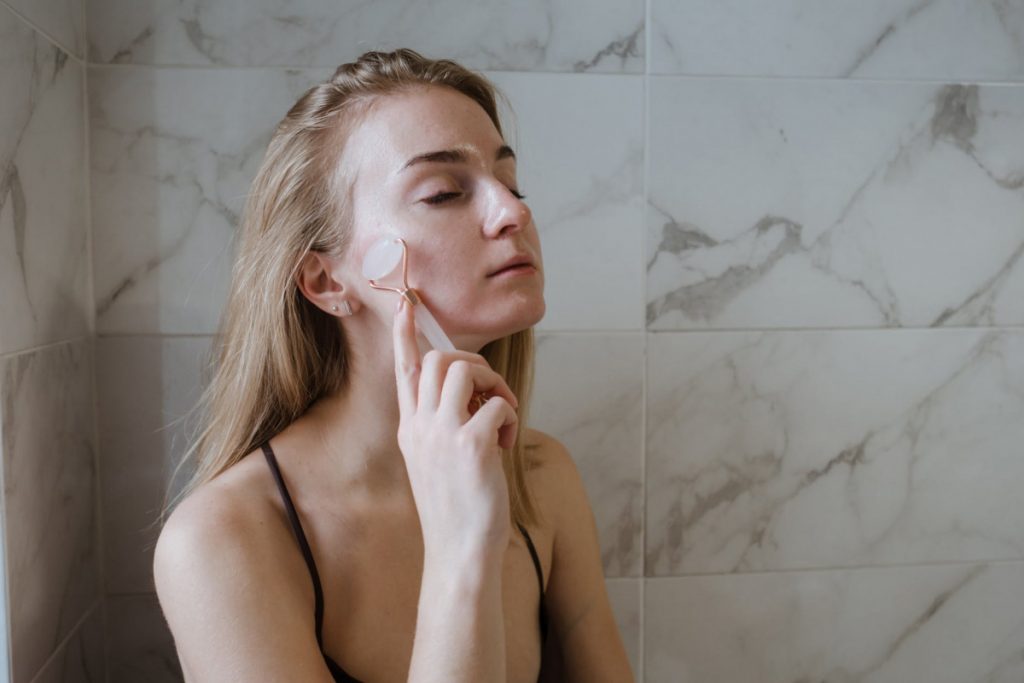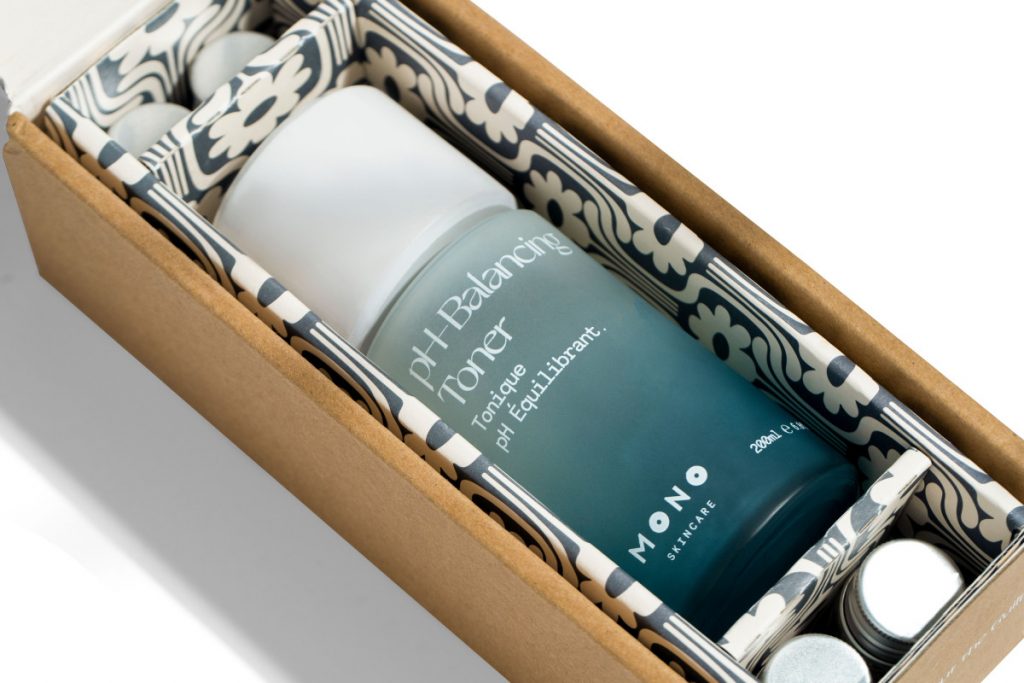
If you look at the ingredient list of any skincare or personal care product in your bathroom cabinet, ‘aqua’ is almost always listed first. Water has been used in the formulation of beauty and grooming products for decades. It aids in application, hydration, texture, and the dissolution of water-soluble actives (such as vitamin C) so they can work more effectively on your skin. It’s also a low-cost ingredient. The majority of water-based goods include up to 70% H2O. So, why does waterless skincare suddenly become the new center of attention in beauty industry?
Waterless Skincare Answers to Sustainability Issue
With one-quarter of the world’s population now experiencing severe water scarcity and consumers becoming more environmentally conscious, more and more beauty firms are developing novel ways to make more sustainable goods. Waterless, water-free, or anhydrous beauty is a term coined in South Korea to describe skincare and cosmetic products that are made without the use of water. In the place of water, these skincare products use a variety of butters, oils, or waxes, as well as oil-soluble actives.
Reduce the Amount of Synthetic Preservatives
Water breeds bacteria—it’s the basic science. So, most water-based skincare needs to be loaded with high amounts of synthetic preservatives like parabens to make them last longer. They want their skincare to last in the factory, the shipping, and during its time in the store until it reach your hand. That is why you’ll see many forms of parabens like methylparaben, propylparaben, butylparaben, ethylparabe, or other preservatives like triclosan, phenoxyethanol, or formaldehyde listed on your skincare. In most circumstances, a waterless product can be kept with more natural or environmentally friendly preservatives.
Reducing the Packaging and Carbon Footprint

More beauty companies are starting to roll out “waterless” or “water-free” products as a possible solution to this problem. As a result, powder-based cleansers that transform into foam when activated in the shower are replacing liquid face washes and shampoos.
Not only do these items minimise total water usage, but they also reduce packing, lowering the amount of fuel required to transport things to their final destinations. The fact that they’re also enjoyable to use and pack in a carryon is an added plus.
Because there is no water in the formulations, the package is smaller and consists of much less materials. According to the sustainable beauty expert, lighter, smaller packaging minimises transportation weight and space, lowering overall carbon footprint.
With these, a number of sustainable and eco-conscious skincare industry are formulating a breakthrough waterless organic skincare like skincare tablets that you can dissolve with readily available water at home, shower-activated shampoo powder, solid face cleanser bar, vitamin C powder, and other brilliant breakthroughs.
Also Read:
Travel Inspiration: An Effective and Enjoyable Small Group Exploration in Nature
No Water, More in Packaging
With waterless products, you can get more in one shipping. MONO’s skincare tablet can send you three to ten water-soluble tablets in one shipping along with their reusable glass bottle. As one tablet can last for a month, imagine having ten months worth of skincare just in one shipping. This alone can greatly reduce your packaging waste and carbon footprint! The Susteau’s water-activated powder shampoo is equivalent to four bottles of liquid shampoo. Another example, the Ethique’s in the Buff’s vegan conditioner bar is equivalent to five bottles of liquid conditioner. So, just imagine how many unnecessary packaging you can reduce just by switching to waterless beauty products!